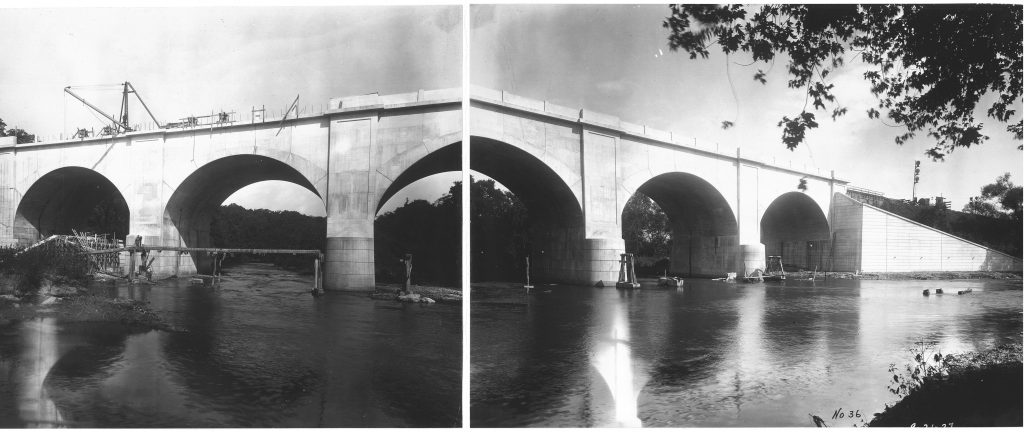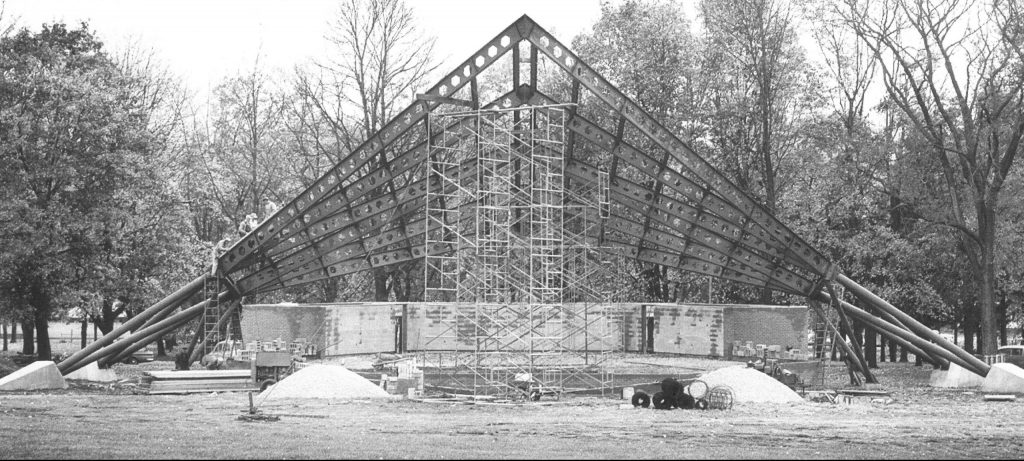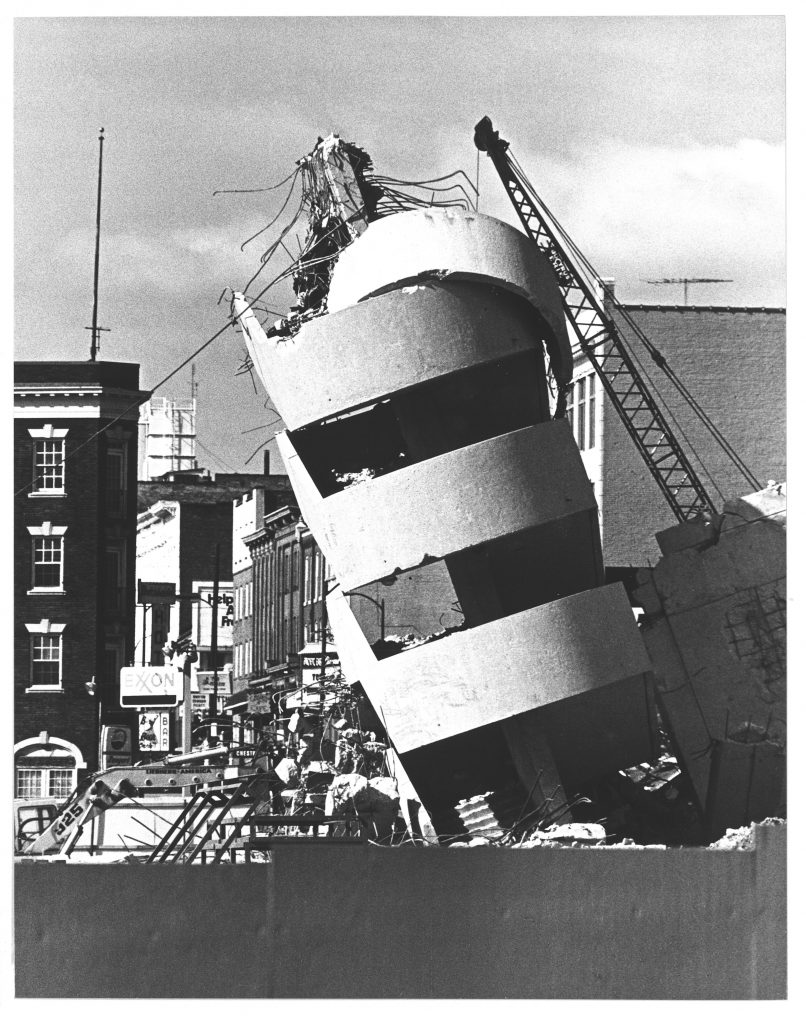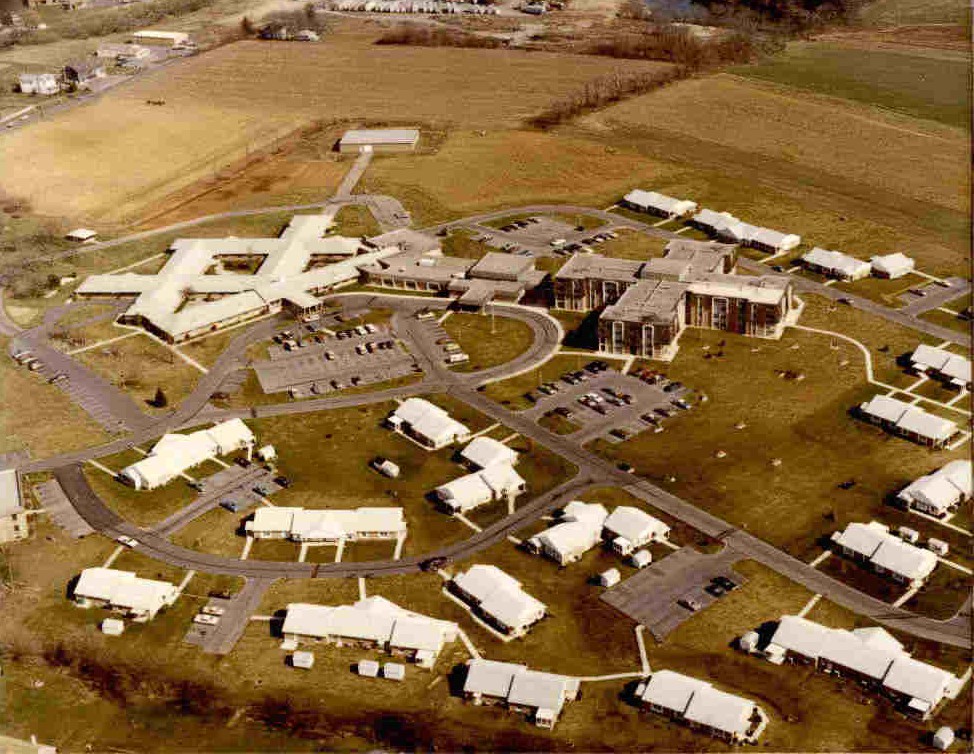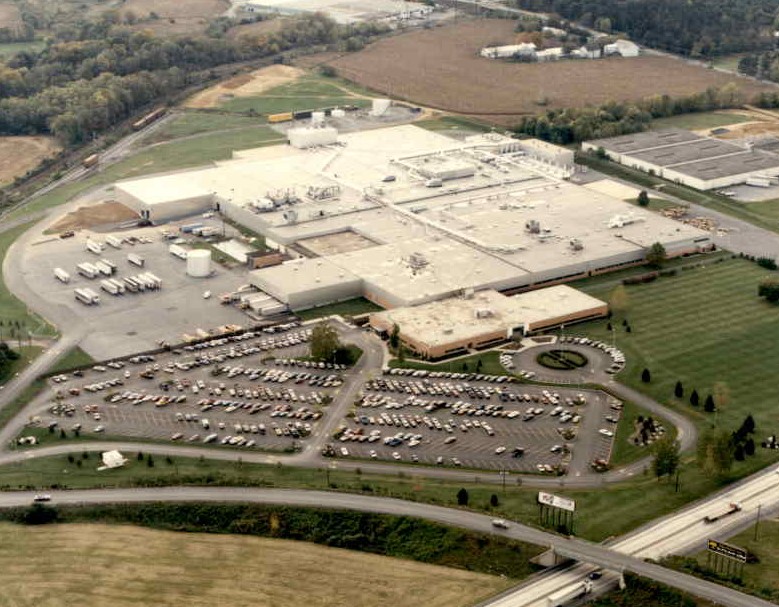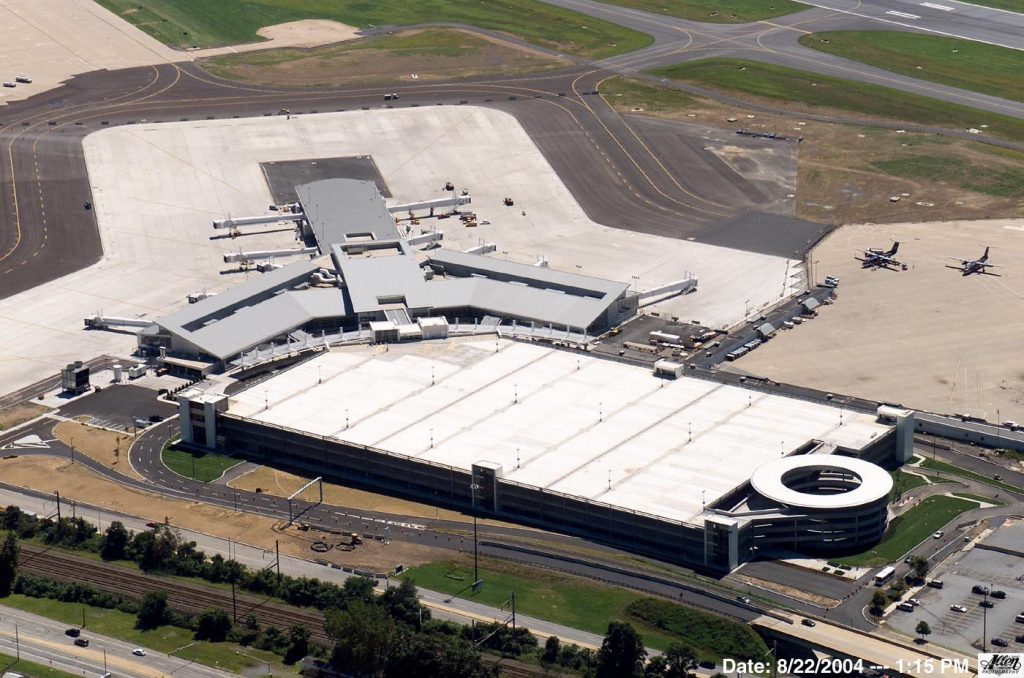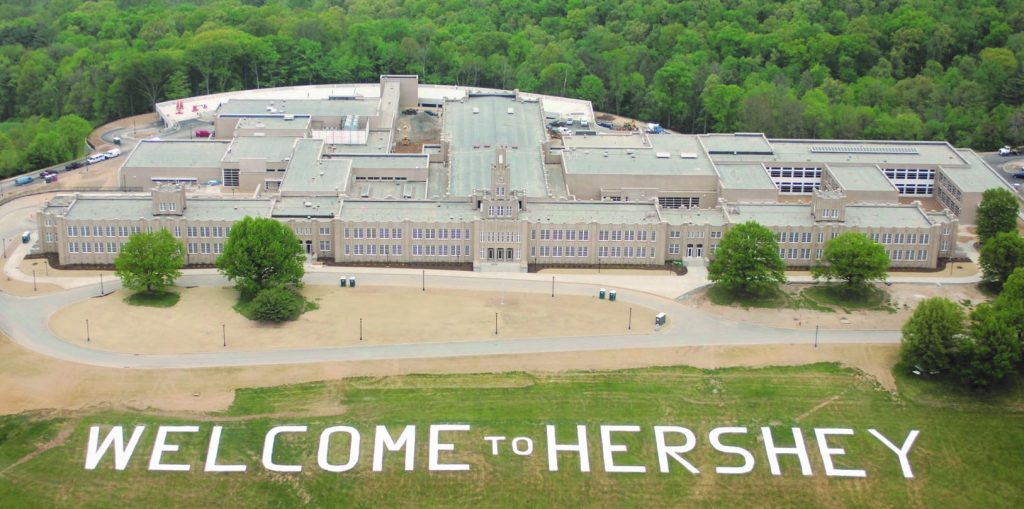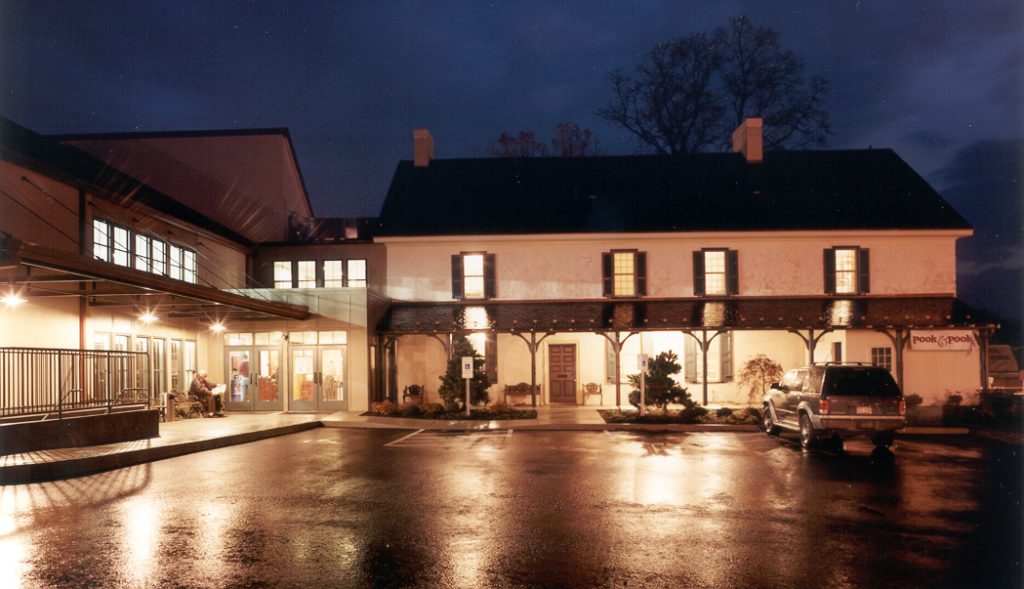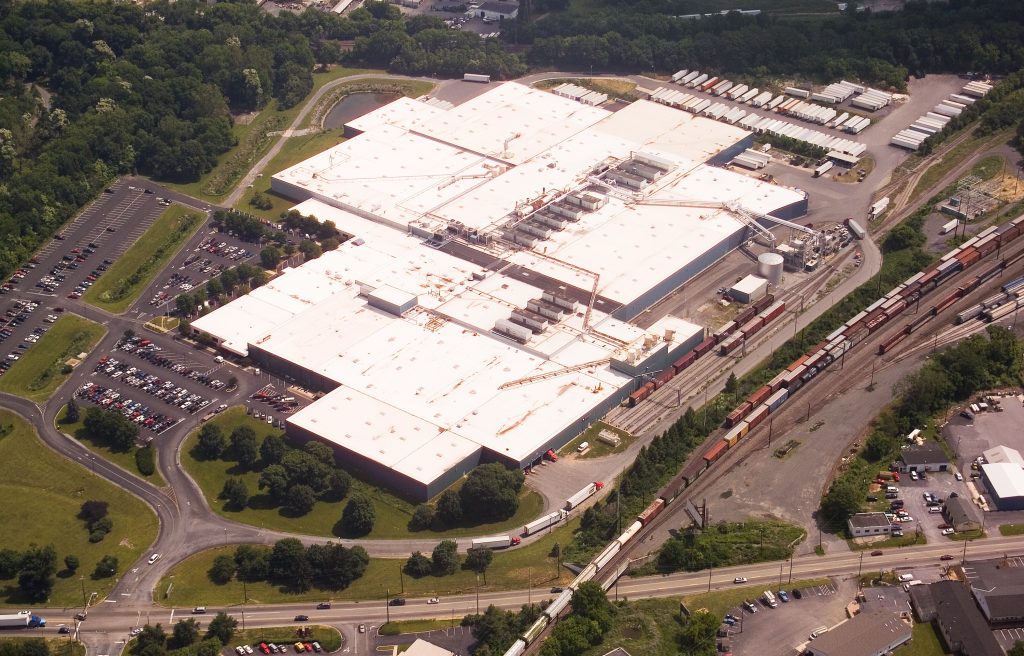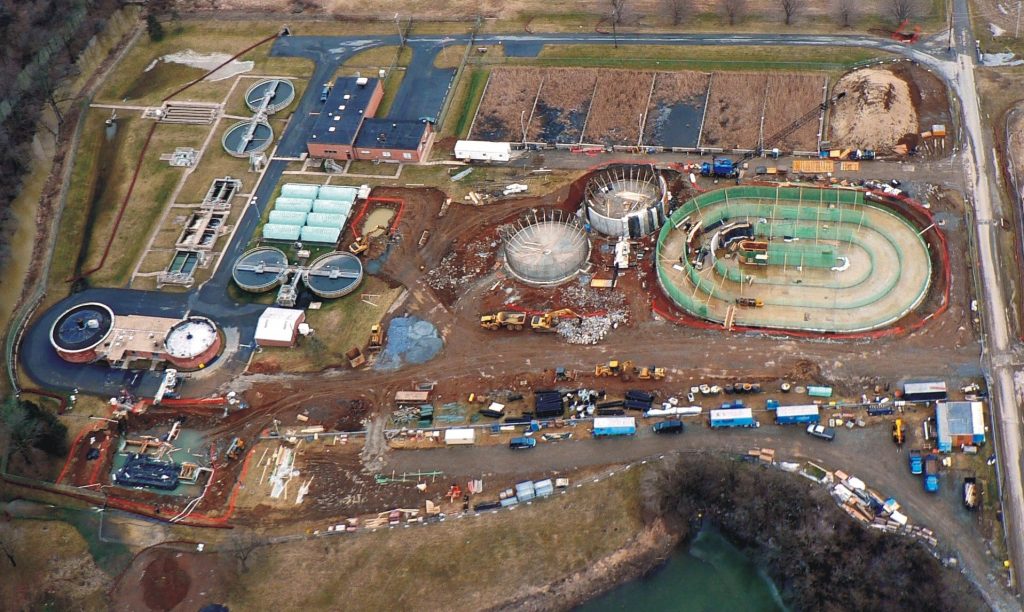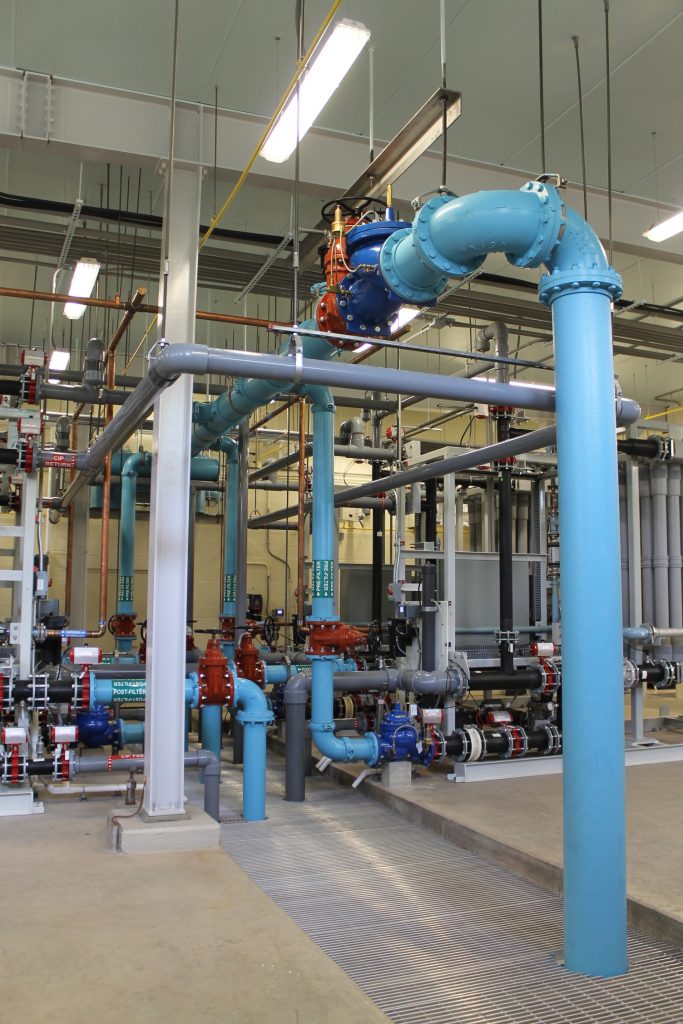1906
Wickersham Construction is Established
A graduate of Yale University in 1901, John Wickersham was an engineer in New York City and Hartford, Connecticut before returning to Lancaster, PA.
In 1917, John entered the military and participated in four battles. He received the Purple Heart with Oak Leaf Cluster. An Oak Leaf Cluster is granted to a service member who has been previously wounded and who already has a Purple Heart. He was awarded two more citations and later promoted to colonel.
Upon his return, Wickersham built many factories, including Hershey Chocolate Company, Kline Chocolate Company in Elizabethtown and the Bearings Company plant in Lancaster.
In 1956 he received the city’s Red Rose Award for “outstanding service that has reflected upon and brought honor to the City of Lancaster” in his many years on the planning board.





